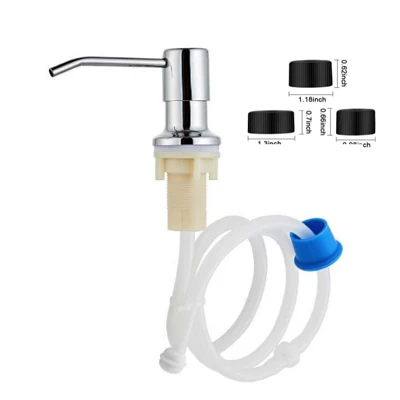Draper Access V 161" HDTV Electric Ceiling Projection Screen w/Controller, White
Case back, top, and front constructed of steel. Endcaps are steel. Bottom panel forms slot for passage of viewing surface, easily removable for access. Symmetrical housing to allow for left or right-hand motor location, and for viewing surface to unroll from the back or front of the roller. Case to include bottom flange for trim around edges of ceiling opening.Roller/Fabric AssemblyMay be installed in case at factory or job site. Brackets supporting roller/fabric assembly to slide in track inside top of case, allowing viewing surface to be centered in case regardless of screen size.Roller of 3" (76 mm) dia. steel.
Viewing SurfaceTop of viewing surfaces masked by 12" (30cm) black drop. Viewing surface flame and mildew resistant. Matt White XT1000V and Contrast Gray XH600V (for tab tension screens only) viewing surfaces are certified to GREENGUARD standards for low chemical emissions into indoor air during product usage.MotorElectrically operated 110-120V AC, 60 Hz. 4-wire motor mounted inside screen roller, max 1.1 amp current draw, instantly reversible, lifetime lubricated, with internal thermal overload protector and electric brake, standard motor with preset accessible switches. Optional quiet motor operates at 44 Db (motor noise is approximately 30% less than standard tubular motors). Housing to feature internal junction box, allowing it to be installed and wired to building supply wires at an early stage of construction. Junction box to have plug-in style connector, accepting the mating half of the connector from the motorized roller/fabric assembly.
Controls3-position control switch (or switches-specify number) to stop or reverse screen at any point. Switch(es) furnished with cover plate.Mounting MethodsCase may be mounted with a 3/8" (9.5 mm) threaded rod, lag screws, or with wire in a grid ceiling.Mounting BracketsSlide in 18" (457 mm) long channels on top of case, allowing brackets to be moved to avoid interference with conflicting building structures. Brackets must be locked in position by tightening screws. Brackets may also be angled to meet installation requirements.
Customers also viewed



















![[ Ready Stock ] 3pcs Mop Hanger Anti-slip No-drilling Wall Mounted Mop Grippers Organizers For Kitchen Garage Laundry Room
[ Ready Stock ] 3pcs Mop Hanger Anti-slip No-drilling Wall Mounted Mop Grippers Organizers For Kitchen Garage Laundry Room](http://ae04.alicdn.com/kf/S37564bd849e74284b25ee9046d05385ep.jpg)






![Футболка с логотипом RETRO SCRIPT LOGO RINGER TEE BEIGE [Очень большой размер] Футболка S/S мужская бежевый
Футболка с логотипом RETRO SCRIPT LOGO RINGER TEE BEIGE [Очень большой размер] Футболка S/S мужская бежевый](http://img.joomcdn.net/40a75037e05561e91c85ef26f2fef199ca87cf5f_original.jpeg)




















